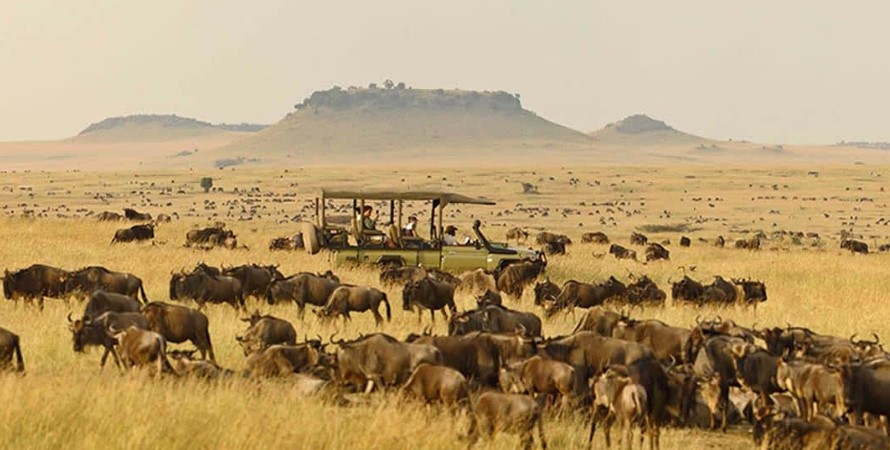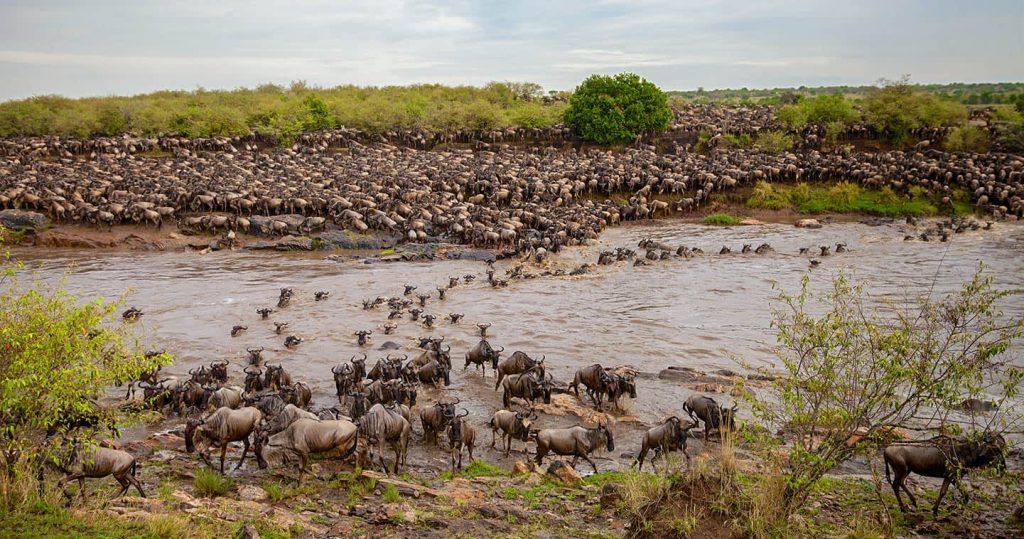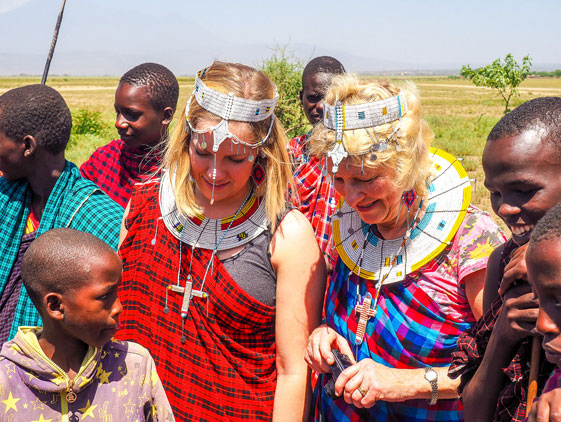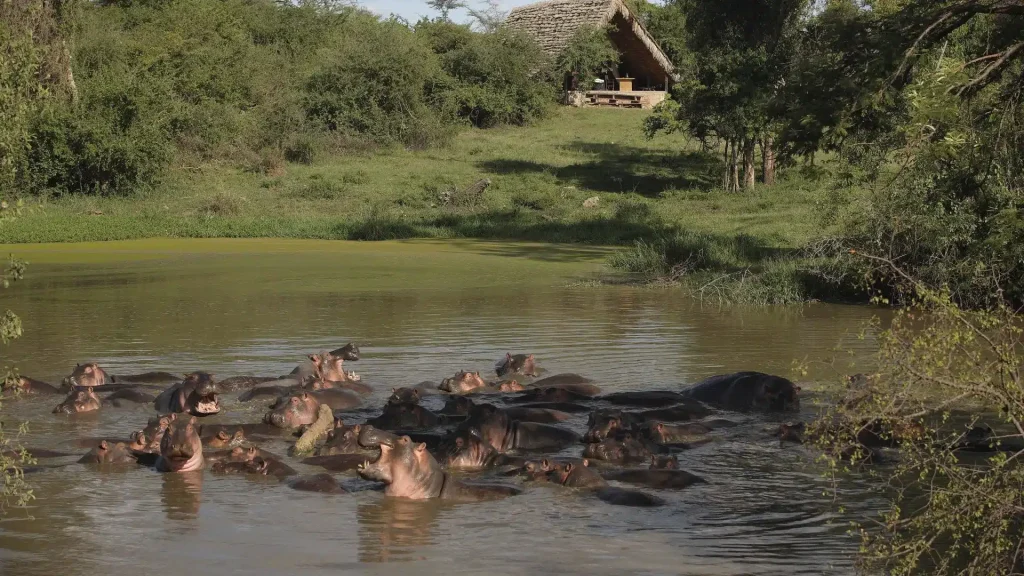Preserving the Serengeti: A Legacy for Future Generations




Serengeti Preservation
The Serengeti is one of the world’s most iconic landscapes, renowned for its vast plains, rich biodiversity, and the breathtaking spectacle of the Great Migration. However, as human populations and development pressures increase, preserving this magnificent ecosystem is an urgent task. Serengeti preservation has become essential to ensure that future generations can experience the unique beauty, wildlife, and cultural heritage that this region offers. Here, we’ll explore the efforts and challenges of preserving the Serengeti and why safeguarding this region is critical for Tanzania, the planet, and future generations.
Why Serengeti Preservation Matters
- Protecting Unique Ecosystems The Serengeti is home to an extraordinary range of ecosystems—from grasslands and woodlands to riverine forests—each supporting a vast diversity of life. Preserving these ecosystems helps maintain ecological balance, protects endangered species, and supports natural processes like predator-prey dynamics, which are vital to the health of the park.
- Safeguarding Biodiversity With over 500 bird species, numerous big cats, vast herds of wildebeest, elephants, and more, the Serengeti boasts one of the world’s most diverse concentrations of wildlife. By prioritizing Serengeti preservation, conservationists work to protect this biodiversity, ensuring that animals have the habitat and resources they need to thrive.
- The Great Migration: A Natural Wonder The annual Great Migration is one of nature’s most remarkable phenomena. Each year, over two million wildebeest, zebras, and gazelles traverse the Serengeti, facing numerous challenges, including river crossings and predators. Preserving the Serengeti ensures that this natural wonder remains intact and continues to inspire awe and appreciation from around the world.
- Cultural Heritage of the Serengeti The Serengeti is also significant to the local Maasai and other Indigenous communities who have called this area home for centuries. These communities share a deep bond with the land, and preserving the Serengeti protects their cultural heritage, traditional practices, and way of life. Sustainable conservation efforts include their knowledge, allowing them to continue their stewardship of this land.
Key Threats to the Serengeti
- Poaching and Illegal Wildlife Trade Poaching remains a critical issue in the Serengeti, with elephants and rhinos particularly vulnerable to illegal hunting for their ivory and horns. Conservation efforts focus on anti-poaching patrols, surveillance, and collaboration with local communities to reduce these threats and protect endangered species.
- Habitat Loss and Fragmentation Expanding agriculture, infrastructure projects, and human settlement around the park borders pose significant risks to Serengeti’s natural habitats. Habitat loss not only threatens animal populations but also disrupts migration routes and reduces the available resources for wildlife, making preservation a pressing concern.
- Climate Change Impacts Climate change is altering rainfall patterns, affecting water sources, and contributing to droughts in the region. These changes impact food and water availability for animals, which in turn affects the overall health of the Serengeti ecosystem. Preservation efforts include strategies for managing these environmental challenges.
- Tourism Pressure While tourism supports Tanzania’s economy, high visitor numbers can sometimes put a strain on the environment. Uncontrolled tourism can damage sensitive areas, disturb wildlife, and contribute to pollution. Preservation efforts aim to balance tourism with sustainability, promoting responsible practices to protect the park.
Serengeti Preservation Efforts
- Protected Areas and Buffer Zones The Serengeti is a UNESCO World Heritage site, and preservation efforts have expanded beyond the park’s borders to include buffer zones and adjacent reserves. These zones reduce human-wildlife conflict, maintain migration routes, and allow for sustainable land use while protecting the integrity of the park.
- Anti-Poaching Initiatives Anti-poaching units in the Serengeti conduct patrols, use technology like drones and GPS tracking, and collaborate with local communities to reduce illegal hunting. These initiatives aim to protect vulnerable species, disrupt poaching networks, and promote conservation-focused economic alternatives for locals.
- Community Involvement and Education Local communities play a vital role in Serengeti preservation. Conservation organizations partner with these communities to provide education on wildlife protection, anti-poaching training, and sustainable livelihood programs. This involvement empowers locals as stewards of the Serengeti, encouraging conservation practices that benefit both people and wildlife.
- Ecotourism and Sustainable Practices Ecotourism initiatives promote low-impact travel experiences that support conservation. Many lodges and tour operators adhere to eco-friendly practices, such as waste reduction, solar energy, and water conservation. Ecotourism not only minimizes environmental impact but also funds preservation efforts through park fees and donations.
- Scientific Research and Monitoring Scientists and researchers conduct ongoing studies to monitor wildlife populations, assess environmental changes, and develop conservation strategies. Research helps conservationists understand animal behavior, migration patterns, and ecosystem health, providing essential data for making informed decisions in Serengeti preservation.
- Climate Adaptation Strategies Efforts are underway to address climate impacts on the Serengeti. Water conservation programs, reforestation projects, and climate-resilient land management practices help mitigate the effects of climate change, ensuring that wildlife can access necessary resources even during challenging seasons.
The Role of Technology in Serengeti Preservation
- Drones and Surveillance Drones have become invaluable in tracking animal movements, monitoring poaching activity, and even counting populations during the Great Migration. These tools help conservationists gain a bird’s-eye view of the ecosystem, making preservation efforts more efficient and effective.
- GPS and Radio Tracking GPS collars and radio tracking devices are used to monitor animal movements and collect data on species behavior. These technologies allow researchers to study migration patterns and identify threats, contributing to data-driven conservation efforts in the Serengeti.
- Data-Driven Conservation Big data and artificial intelligence are being employed to analyze patterns in wildlife movements, human activities, and environmental factors. With these tools, conservationists can make predictions, assess risks, and design better strategies for Serengeti preservation.
How You Can Contribute to Serengeti Preservation
- Support Ethical Tourism By choosing eco-friendly lodges, supporting local businesses, and practicing responsible tourism, visitors can directly contribute to the Serengeti’s preservation. Opting for low-impact tours and respecting park guidelines helps minimize the ecological footprint of your safari.
- Donate to Conservation Organizations Numerous organizations, such as the African Wildlife Foundation, Serengeti Watch, and the Tanzania National Parks Authority, work tirelessly to protect the Serengeti. Donations to these organizations support anti-poaching efforts, community programs, and scientific research.
- Advocate for Conservation Policies Support for national and international policies that prioritize wildlife conservation, habitat protection, and sustainable tourism in Tanzania is essential for the Serengeti’s future. By raising awareness and advocating for policy change, individuals can amplify efforts to protect this iconic region.
- Engage with Local Communities Supporting local artisans, purchasing handmade goods, and engaging in community-based tourism benefit the surrounding communities. When locals benefit from conservation, they have greater incentive to preserve the land and the wildlife it sustains.
Serengeti Preservation: A Vision for the Future
Preserving the Serengeti is about more than just protecting an ecosystem; it’s about ensuring that future generations can experience the wonders of this extraordinary place. It’s about safeguarding the delicate balance of life that sustains so many species and ecosystems and respecting the ancient cultural heritage embedded in these lands. From local communities to international tourists, each person can play a role in supporting the Serengeti’s preservation.
A Call to Action: Protecting Serengeti for Generations to Come
With the right combination of community engagement, scientific research, sustainable tourism, and global support, Serengeti preservation can create a lasting legacy. It requires collective effort and a commitment to responsible stewardship. By acting now, we can secure a future where the Serengeti’s landscapes, wildlife, and cultural heritage continue to inspire, awe, and provide for generations to come.

One Comment